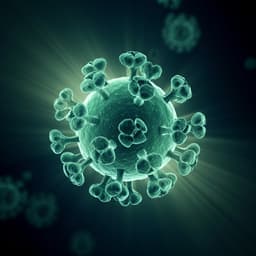
Medicine and Health
Understanding the Spatial Predictors of Malnutrition Among 0–2 Years Children in India Using Path Analysis
M. Singh, M. S. Alam, et al.
This research conducted by Monika Singh, Md Sayeef Alam, Piyusha Majumdar, Bhaskar Tiwary, Hina Narzari, and Yodi Mahendradhata delves into the spatial predictors of malnutrition among Indian children aged 0–2 years. By analyzing data from the NFHS-4, the study highlights critical factors like diarrhea and exclusive breastfeeding that directly influence malnutrition, emphasizing the need for targeted interventions during the first 1000 days of life.
~3 min • Beginner • English
Related Publications
Explore these studies to deepen your understanding of the subject.







